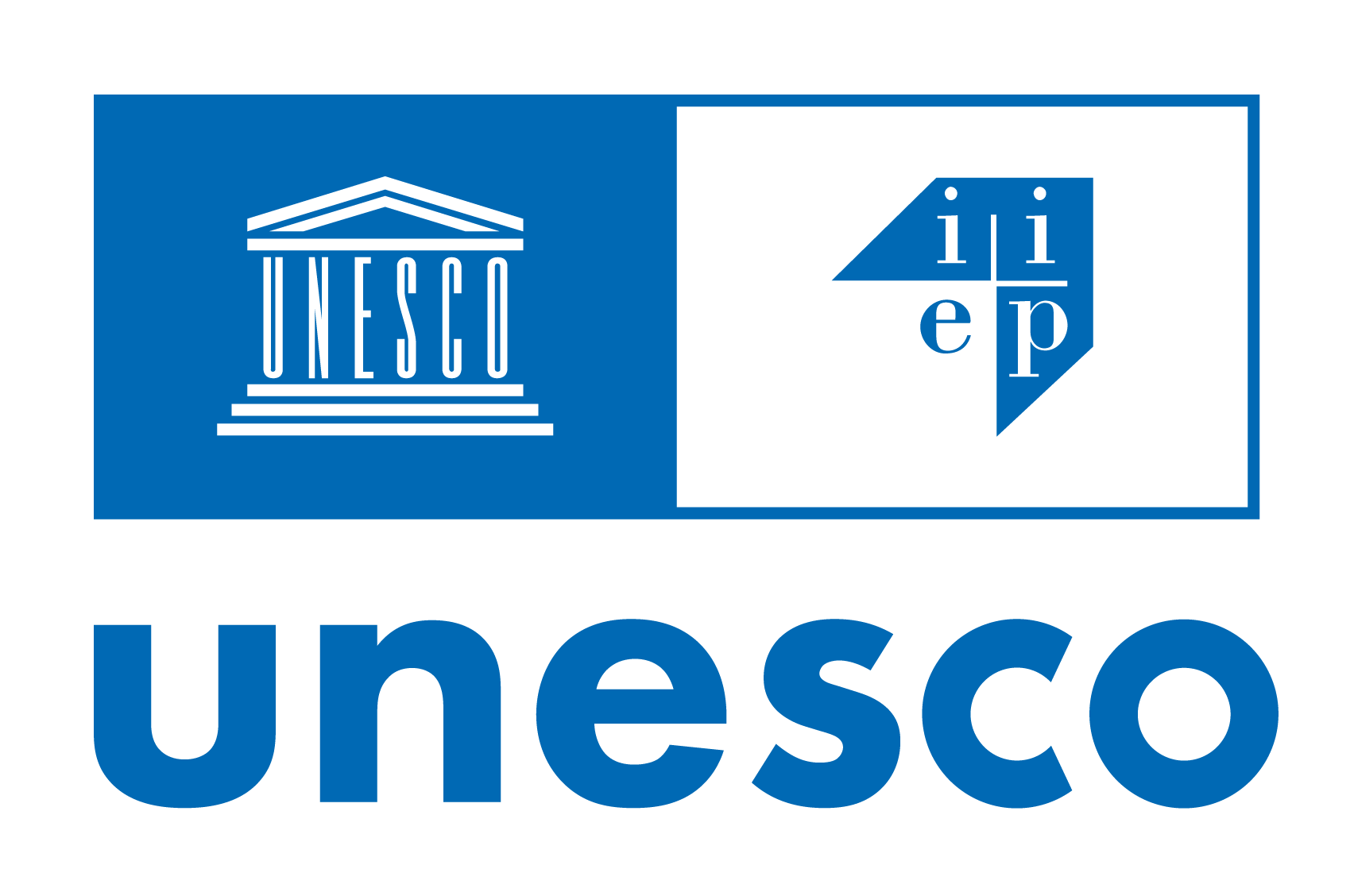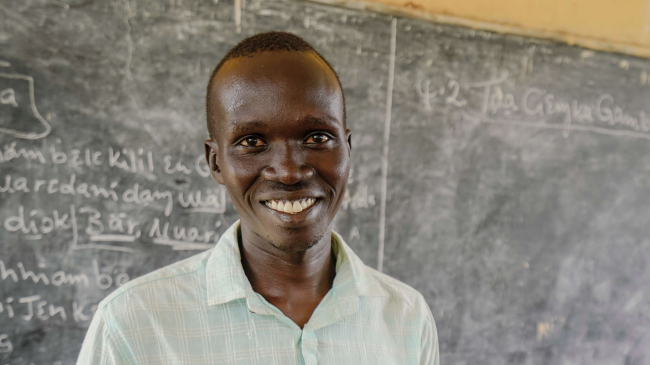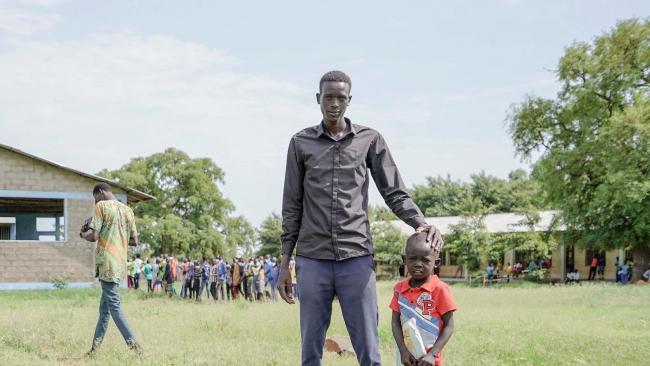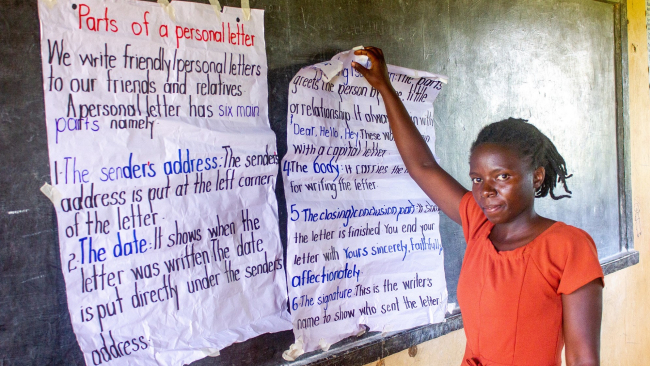Conflict and humanitarian crisis threaten the wellbeing and healthy development of children and young people. Experiencing adverse events and living in unstable environments can contribute to behavioral changes, negatively affect educational access and quality, and inhibit learning and cognitive development in children and young people. The mental and emotional toll of losing a family member or one’s home, being malnourished, or witnessing or experiencing violence early in life can have lifelong consequences. And collective experiences of trauma among members of a community can undermine the trust in institutions, inhibit development, and limit economic productivity on the global stage.
Psychological health, emotional wellbeing, social cohesion, and education in emergencies are linked in many ways, as evidenced by the impact of crisis and conflict on school enrollment and retention, students’ emotional regulation in the classroom, and students’ participation (forced or otherwise) in armed conflict. Meanwhile, schools are important sites for protecting children from the harms wrought by conflict and crisis when they offer students a sense of stability, dignity, accomplishment, and hope in their daily lives, provide the nurturing care and opportunity for play that developing minds require, and serve as a community hub for the provision of other services and resources, including mental health resources.
Several articles in this special issue reflect the fact that much of the research on PSS and SEL today centers efforts to define and measure indicators of emotional health and wellbeing. Set within the context of EiE, these authors write about their experiences adapting measures in particular conflict and postconflict settings, or employing these measures to evaluate the effects of PSS interventions in educational settings.





